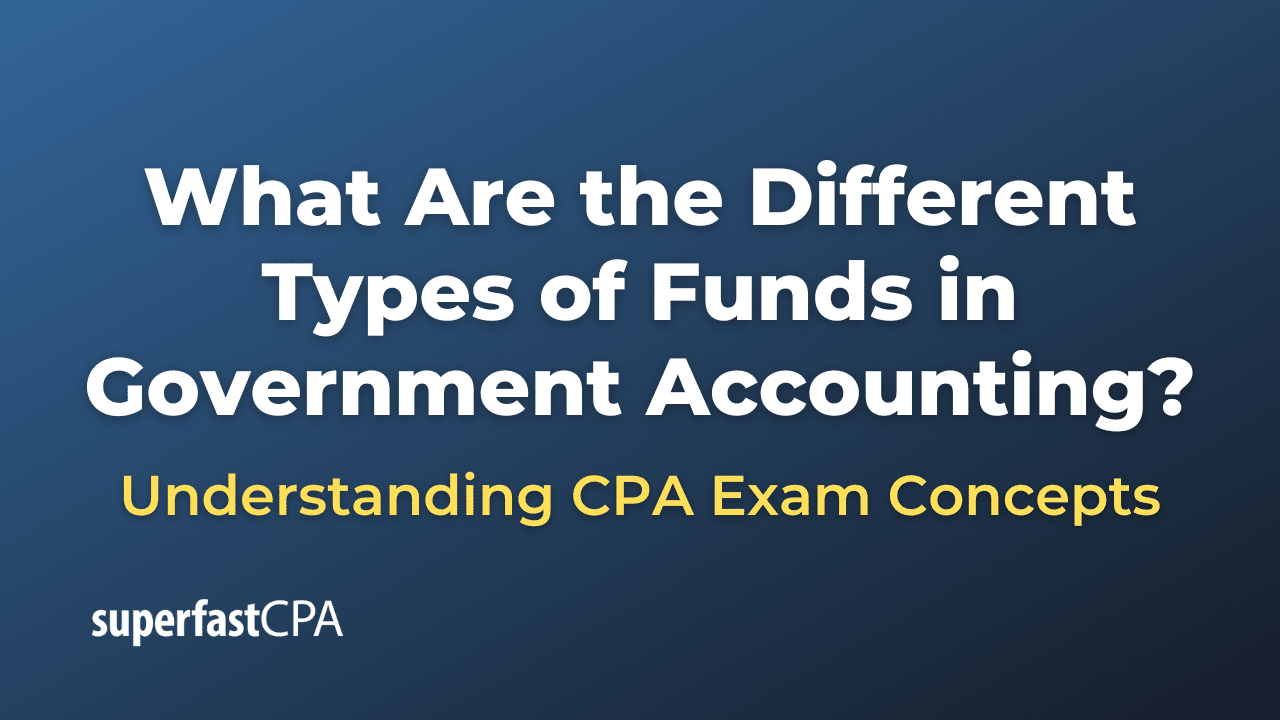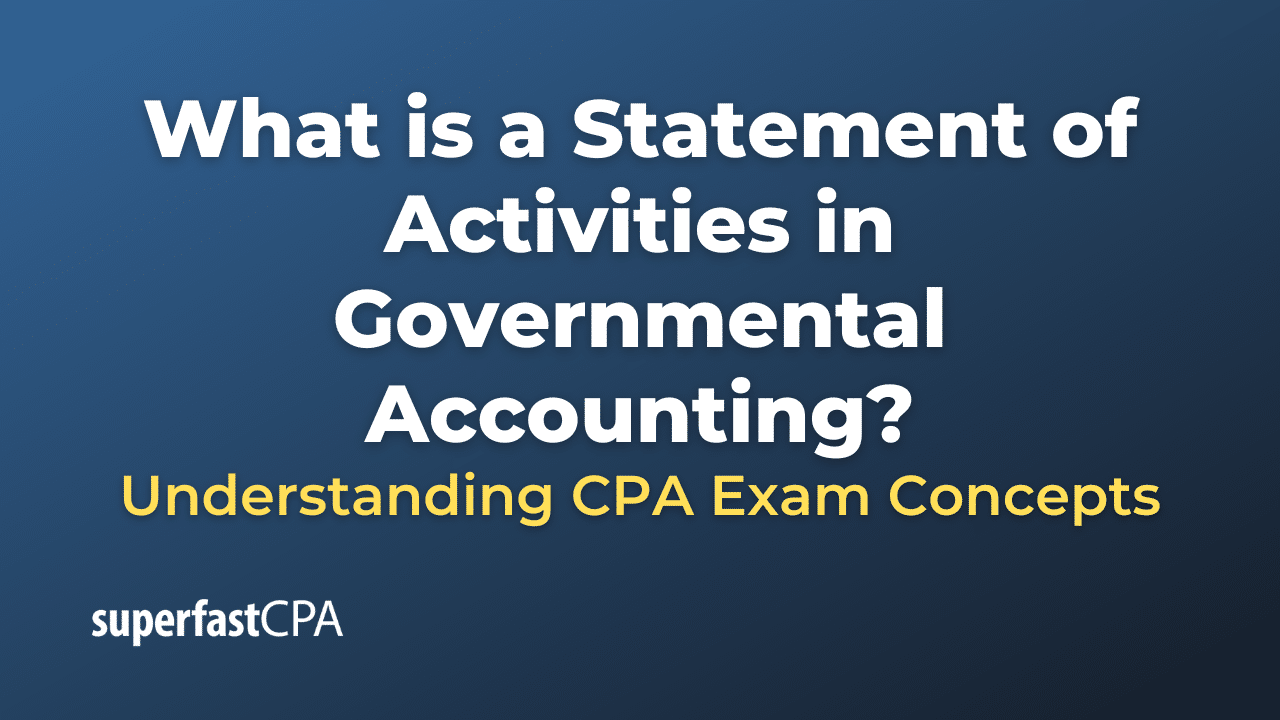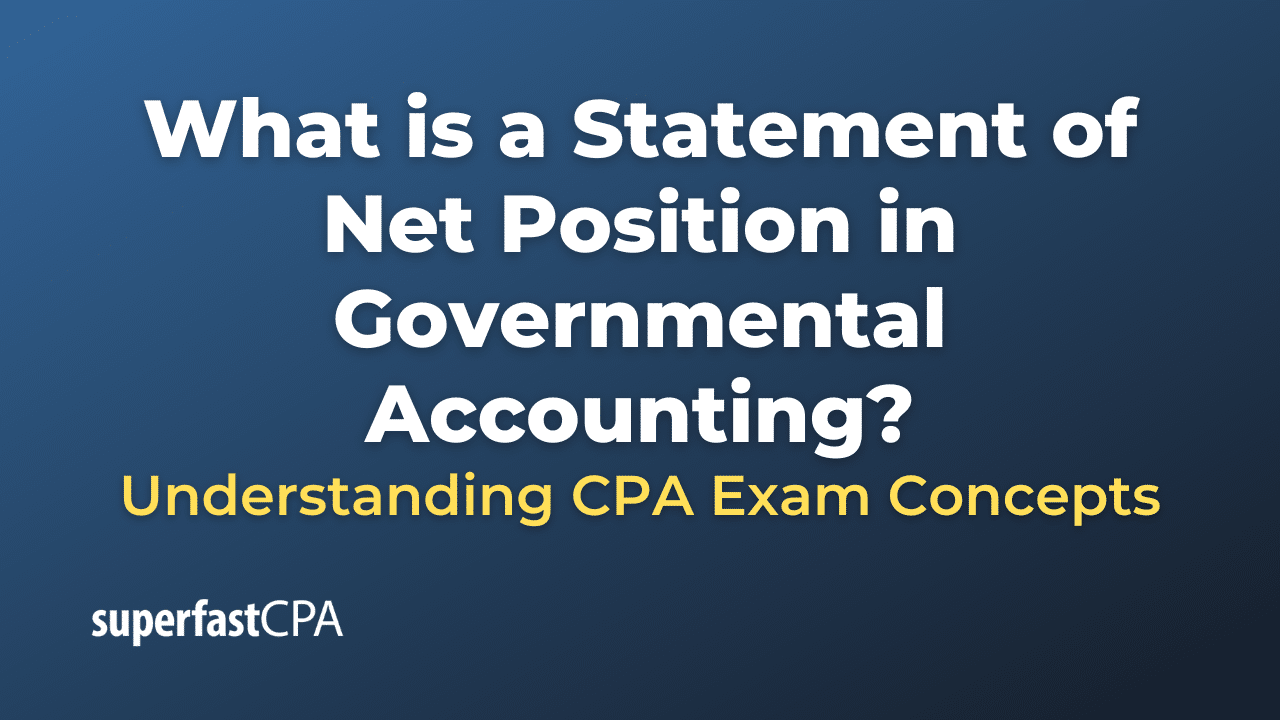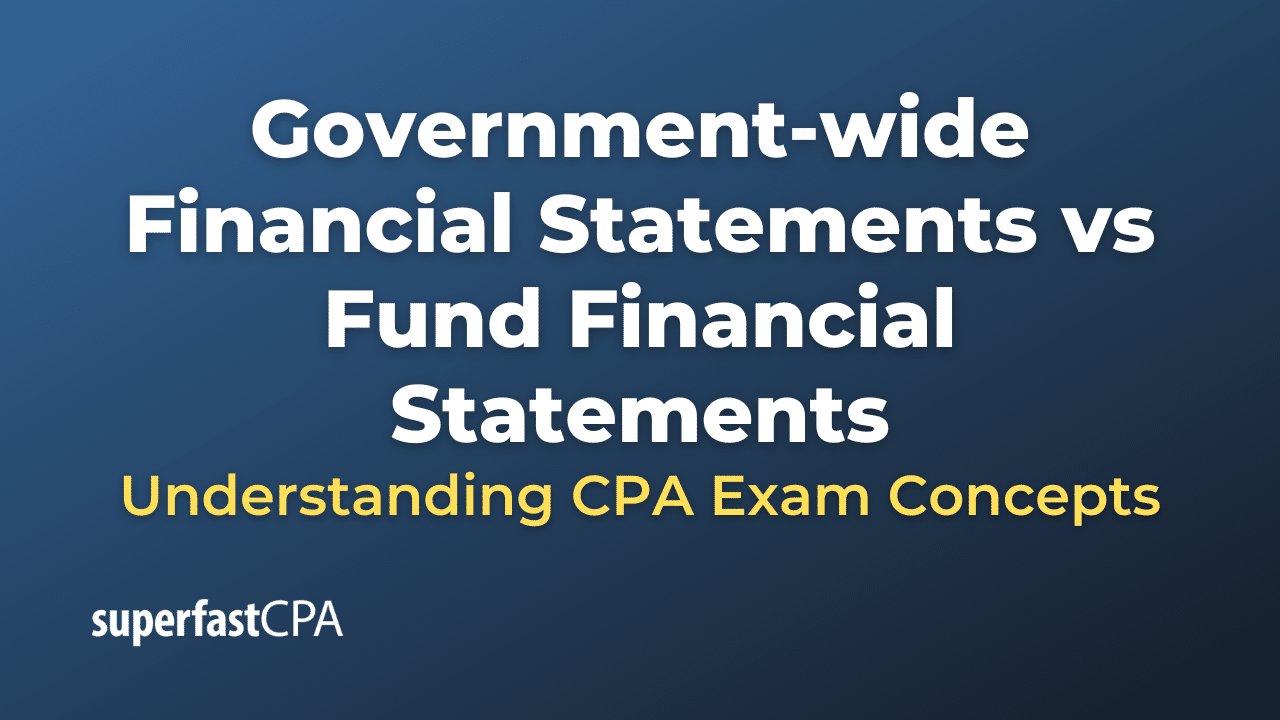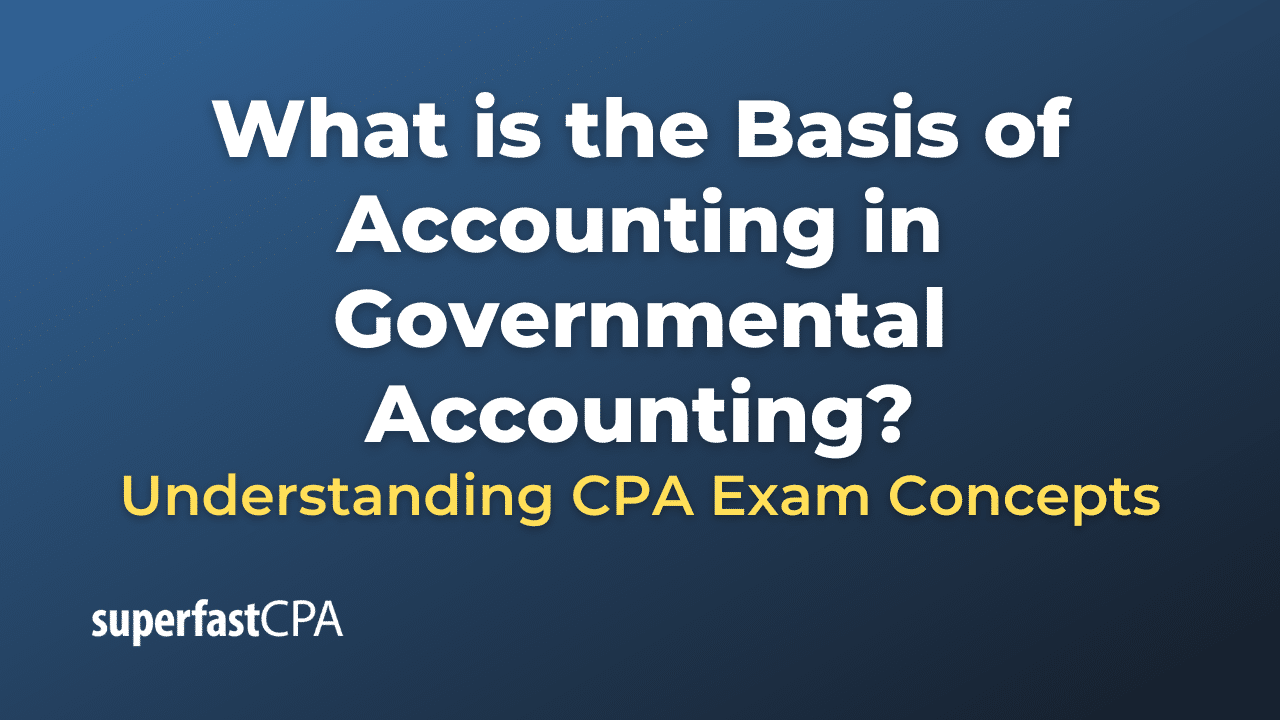Check Register
A check register is a record-keeping tool used to track and manage financial transactions associated with a checking account. It is typically a booklet or a spreadsheet where an account holder records all transactions, including deposits, withdrawals, checks, electronic transfers, fees, and interest earned or paid. The check register helps in monitoring account activity, reconciling bank statements, and maintaining an accurate account balance.
A check register typically includes the following columns:
- Check number: A unique number assigned to each check, which helps track and manage financial transactions.
- Date: The date of the transaction.
- Description: A brief description of the transaction, such as the payee’s name (for checks), the type of deposit or withdrawal, or a notation for fees or interest.
- Payment/Debit: The amount of money paid or withdrawn from the account.
- Deposit/Credit: The amount of money deposited or credited to the account.
- Balance: The running account balance after each transaction, calculated by adding deposits/credits and subtracting payments/debits.
By consistently updating the check register, an account holder can:
- Monitor their spending habits and manage their budget more effectively.
- Quickly identify any discrepancies or errors in their account, such as unauthorized transactions, double charges, or missing deposits.
- Avoid overdrawing their account and incurring overdraft fees by having an accurate, up-to-date balance.
- Reconcile their check register with their monthly bank statement, ensuring that all transactions have been correctly recorded and processed by the bank.
While many people have transitioned to digital tools, such as online banking or mobile apps, for managing their finances, a check register can still be a valuable tool for those who prefer a more hands-on approach to tracking their transactions and maintaining control over their finances.
Example of a Check Register
Let’s say Mary has a checking account and uses a check register to track her financial transactions. Here’s an example of how Mary’s check register might look:
| Check Number | Date | Description | Payment/Debit | Deposit/Credit | Balance |
|---|---|---|---|---|---|
| 2023-05-01 | Opening Balance | $1,000.00 | |||
| 101 | 2023-05-02 | Rent to Landlord | $600.00 | $400.00 | |
| 102 | 2023-05-03 | Grocery Store | $75.00 | $325.00 | |
| 2023-05-04 | ATM Withdrawal | $40.00 | $285.00 | ||
| 2023-05-05 | Direct Deposit | $1,500.00 | $1,785.00 | ||
| 103 | 2023-05-06 | Electric Bill | $85.00 | $1,700.00 | |
| 2023-05-07 | Bank Service Fee | $10.00 | $1,690.00 |
In this example, Mary starts with an opening balance of $1,000 on May 1st. She then records each transaction in her check register, including the check number (if applicable), date, description, payment/debit, deposit/credit, and the updated account balance after each transaction. By maintaining her check register, Mary can easily monitor her spending, identify any discrepancies, and reconcile her account balance with her bank statement.


